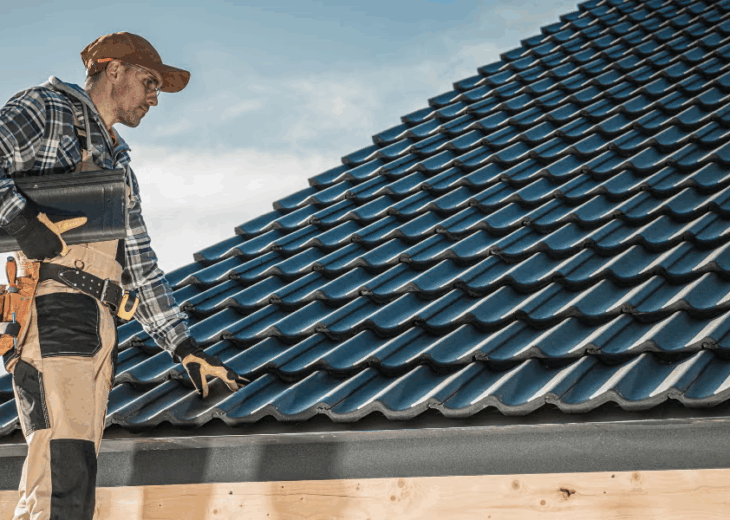Don’t Fiddle on Your Roof When it Comes to Repairs

Roof repair is part of routine home maintenance, but you don’t have to wish you were a rich man to make improvements that could extend the life of your roof. Beyond keeping you safe in the event of a storm, a roof that’s retrofitted to meet hurricane standards can help pay for itself in the way of wind mitigation credits and discounts from your homeowners insurance company. Here are areas to consider when making your roof hurricane and mitigation inspection ready:
Your roof covering can be the deciding factor as to whether your house qualifies for wind mitigation discounts. If you plan to re-cover your roof, slate, tile, and asphalt shingles are the most common materials used in Florida; however, metal panels and wood shingles and shakes are also options to consider. Consult with a roofer to determine which material is best for your home.
Tip: To protect roof coverings from wind and hail damage, look for roof coverings that are both wind and impact-rated.
This coating seals to the roof deck, protecting the building if the roof covering fails during intense winds and keeping rain from leaking into the house. SWR provides a layer of waterproofing by sealing roof deck seams.
Tip: Some insurance companies consider a concrete roof deck a secondary barrier, but most only apply the credit for self-adhering modified bitumen (peel-and-stick roofing), so check with your carrier.
Your roof is connected to the walls of your home, which are secured to the strongest anchor on your property – your home’s foundation. The roof-to-wall connection (also known as the continuous load path) keeps the roof on your home by transferring uplift loads on the roof into the supporting walls. The weaker the connection, the higher the probability that the roof will be pulled off during high winds.
Tip: The four most common connection types (listed from strongest to weakest) are double wraps, single wraps, clips, and toe nails.
Poorly attached roof decking is the leading cause of hurricane-related home damage. The roof deck holds the whole house together, providing structural integrity. Most roofs in Florida consist of shingles nailed to plywood sheets. If the plywood sheets are not securely nailed to your roof trusses, additional nails and/or longer nails, along with a foam adhesive, should be added to prevent the plywood from blowing off in a hurricane.
Tip: To qualify for mitigation credits, roof decking/sheathing must consist of 1/2″ (min) plywood or OSB fastened to the trusses/rafters with 8d (min) nails, with nail spacing not exceeding 12″ on the field trusses/rafters and 6″ on the seam trusses/rafters.
Most homes in Florida feature flat, hip, or gable-shaped roofs. Compared to other types of roofs, hip roofs generally perform better in extreme winds because they have fewer sharp corners, and their construction makes them inherently more structurally stable. Hip roofs are sloped downward on all sides like a pyramid and offer the greatest insurance discounts.
Tip: Steeply pitched roofs (roofs angled to the horizontal at 30 degrees or more) usually perform better in hurricanes than flat roofs because uplift on the windward roof slopes is either reduced or eliminated.
Gable end walls, if not properly braced and anchored, can take a tremendous beating during a hurricane. When the connection between your home’s wall framing and roof framing at the gable ends is weak, the gable end walls can get sucked out by the wind, exposing your home to rain and damaging your insulation, drywall, and contents.
Tip: Any gable end that is more than 48 inches should be braced in accordance with the 2001 Florida Building Code to qualify for an insurance discount.
Roof failures account for the largest amount of loss during a hurricane. Now’s the time to raise your roof (strength) in preparation for the next storm and make improvements that could reduce your insurance premiums.
 Florida Lifestyle
Florida Lifestyle
Explore 7 Florida homeowners insurance products tailored to your needs—from condos to rentals to high-value homes. Get a quote today.
 Home Improvement
Home Improvement
Discover how Security First Insurance’s First Choice Repair Network® helps Florida homeowners with trusted contractors for repairs, renovations, and faster claims.
 Homeowners Insurance Florida
Homeowners Insurance Florida
Learn how to choose your homeowners insurance deductible. Compare flat vs. percentage options, see real examples, and decide what’s best.